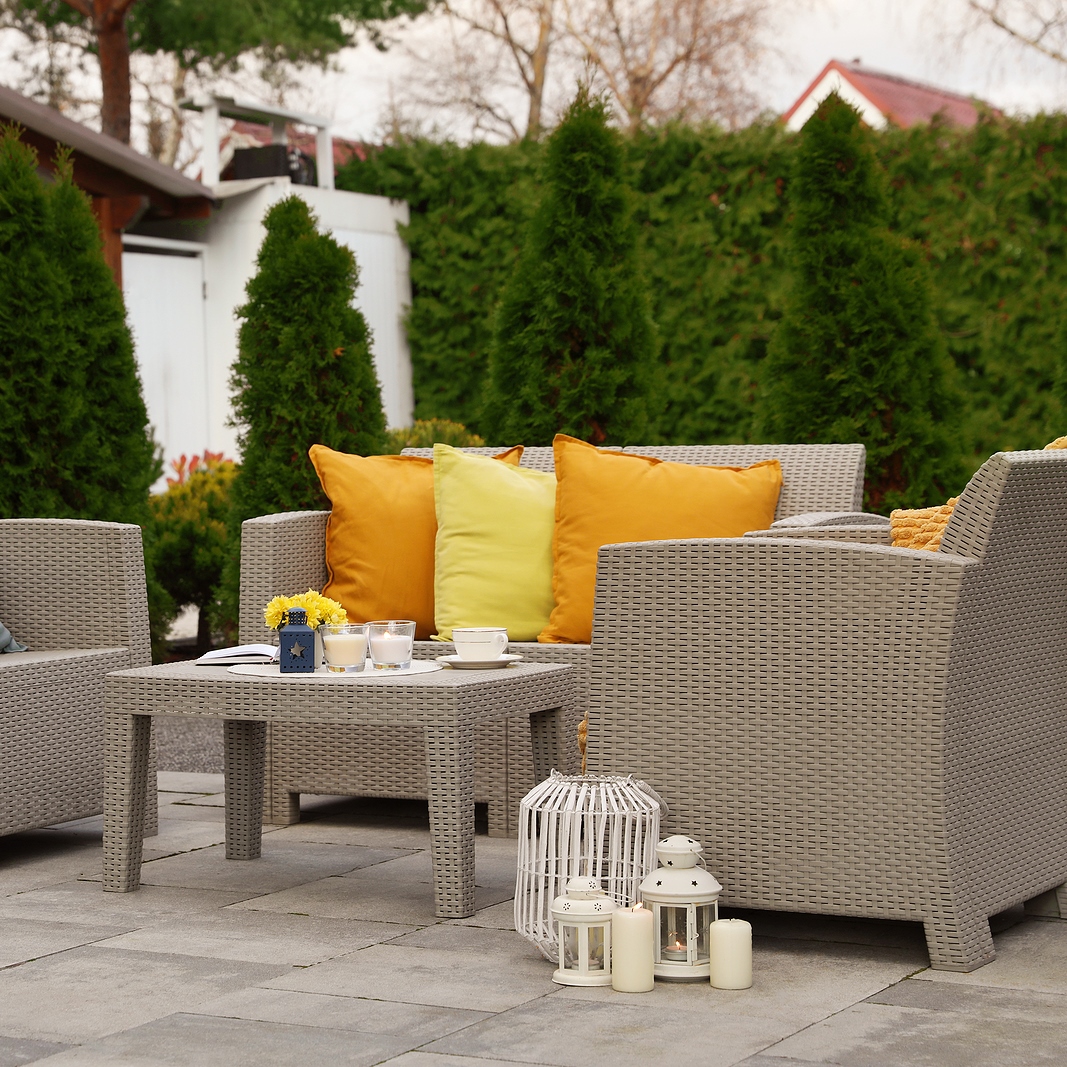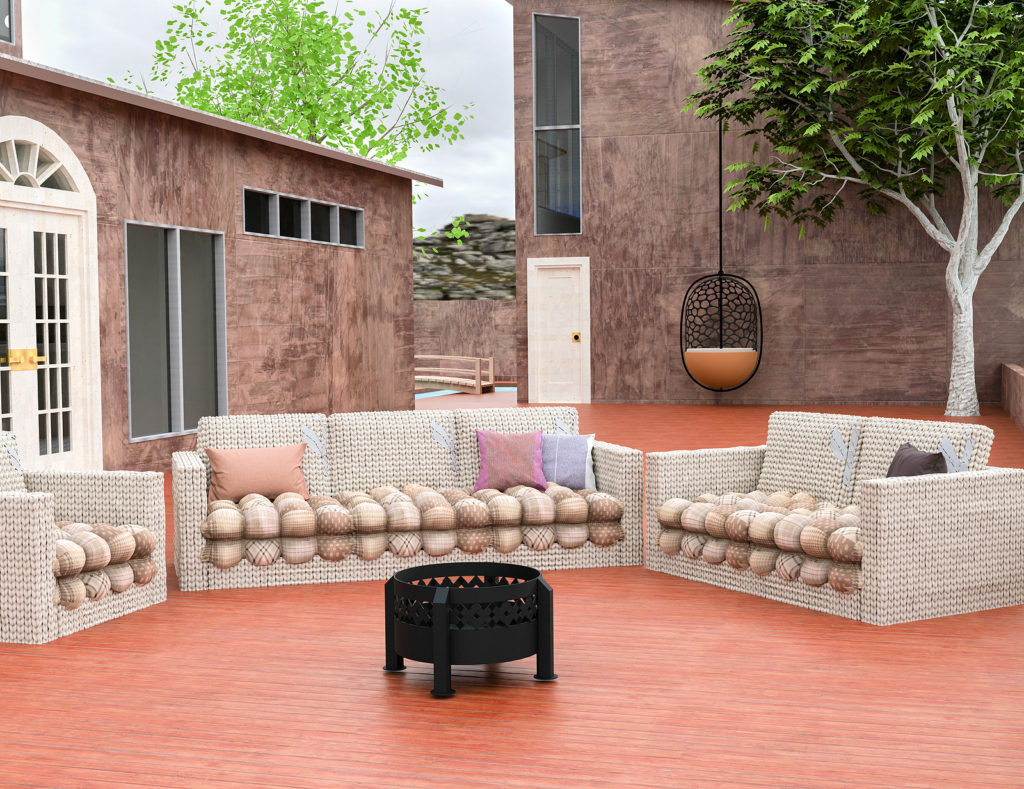Transforming your outdoor area into a usable and appealing extension of your home begins with the right furniture choices. Outdoor furniture should be durable enough for the weather while also complementing your home’s design and intended use.
Whether you're working with a spacious backyard, a balcony, or a compact courtyard, selecting the right pieces can help you maximize comfort and style. This guide breaks down key factors to help you choose outdoor furniture that complements your home and lifestyle.
Match Furniture with Design
The best way to choose outdoor furniture is to align it with your home’s architectural and interior design. Consider the general look and feel of your home, such as modern, classic, coastal, rustic, or contemporary themes. For example, if your home features clean lines and neutral tones, minimalist aluminum or timber furniture may suit you best.
You can browse suppliers like Factory Fast for outdoor gear to find a wide range of options that cater to various home styles and layouts. Their selection offers flexibility in materials and design, making it easier to match furniture to your existing décor.
Try to create a visual flow from the interior to the exterior, especially if your outdoor space connects directly to a living or dining area. Matching materials, colors, or shapes from the inside of your home to your outdoor setup can create harmony and cohesion.
Evaluate Materials and Durability
Exposure to sun, rain, and wind makes it critical to pick weather-resistant materials for your outdoor furniture. Common material options include:
- Aluminum: Lightweight, rust-resistant, and easy to move. Suitable for coastal areas.
- Teak: A high-quality hardwood that naturally resists water and insects, though it may weather over time if not treated.
- Wicker/Rattan: Offers a casual, natural look. Synthetic variants are more durable and UV-resistant.
- Steel/Iron: Strong and sturdy, but may rust without proper coating.
- Plastic/Polypropylene: Low maintenance and affordable, though not as durable in high-heat or high-wind areas.
Pick materials that align with your area’s weather patterns and your maintenance expectations. For example, in regions with high humidity or coastal salt air, rust-resistant and UV-stable options are better suited.
Plan for Space Constraints
Take accurate measurements of your outdoor area before shopping. Furniture should fit comfortably without crowding the space or restricting movement. In smaller spaces like balconies or patios, opt for slimline pieces, foldable chairs, or stackable stools. Round tables can also save space and improve flow in tight layouts. For larger backyards or open decks, consider creating zones using sectional lounges, fire pits, or planter dividers to define areas for dining, lounging, or play.
Balance Style with Function
While aesthetics is important, your furniture should also be practical. Weather conditions, shade availability, and storage options all impact how your furniture performs over time. If you live in an area with frequent rain or strong sun, opt for UV-resistant and waterproof finishes. Furniture covers and storage sheds can extend the lifespan of your investment.
Additionally, consider how easily the furniture can be moved or stored during the off-season. Lightweight materials and foldable designs can make this process easier. Pieces that serve dual functions—like storage benches or fold-out dining tables—are great for both style and practicality.
Align Colors and Textures
To keep your outdoor area visually consistent with your home, choose colors and textures that match or complement your interior palette. Opting for neutral tones such as beige, gray, white, or black allows for greater versatility in outdoor styling. You can then add personality with soft furnishings like cushions, rugs, and throws in accent colors or patterns.
If your home already has a dominant color or material—like brick, timber cladding, or concrete—consider incorporating that texture into your furniture selection to tie everything together. Natural materials like wood and stone often blend seamlessly with the outdoor environment, while metal and glass can lend a modern touch.
The Takeaway
Choosing the best outdoor furniture involves more than just picking something that looks good. It requires a balanced consideration of your home's design, how you use your space, climate conditions, material durability, and maintenance needs. By thinking about these elements in advance, you can select outdoor furniture that enhances your lifestyle and creates a cohesive flow between your indoor and outdoor living areas.

